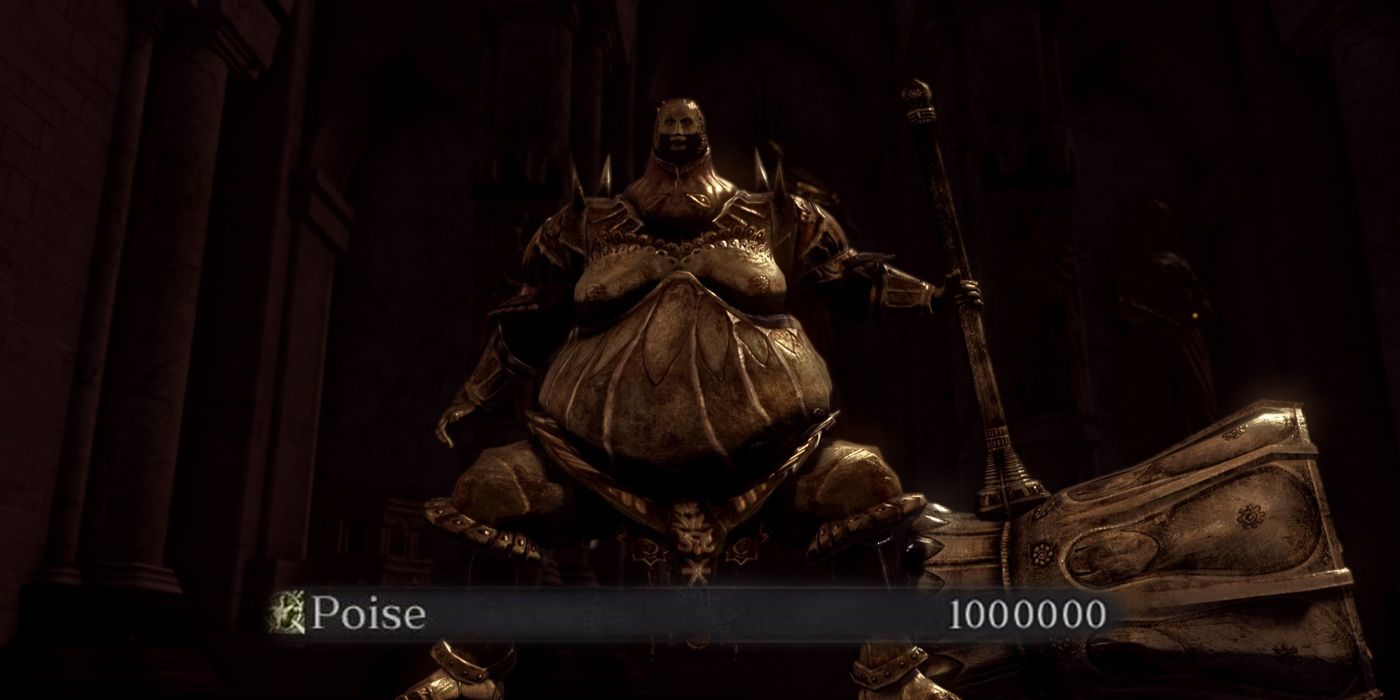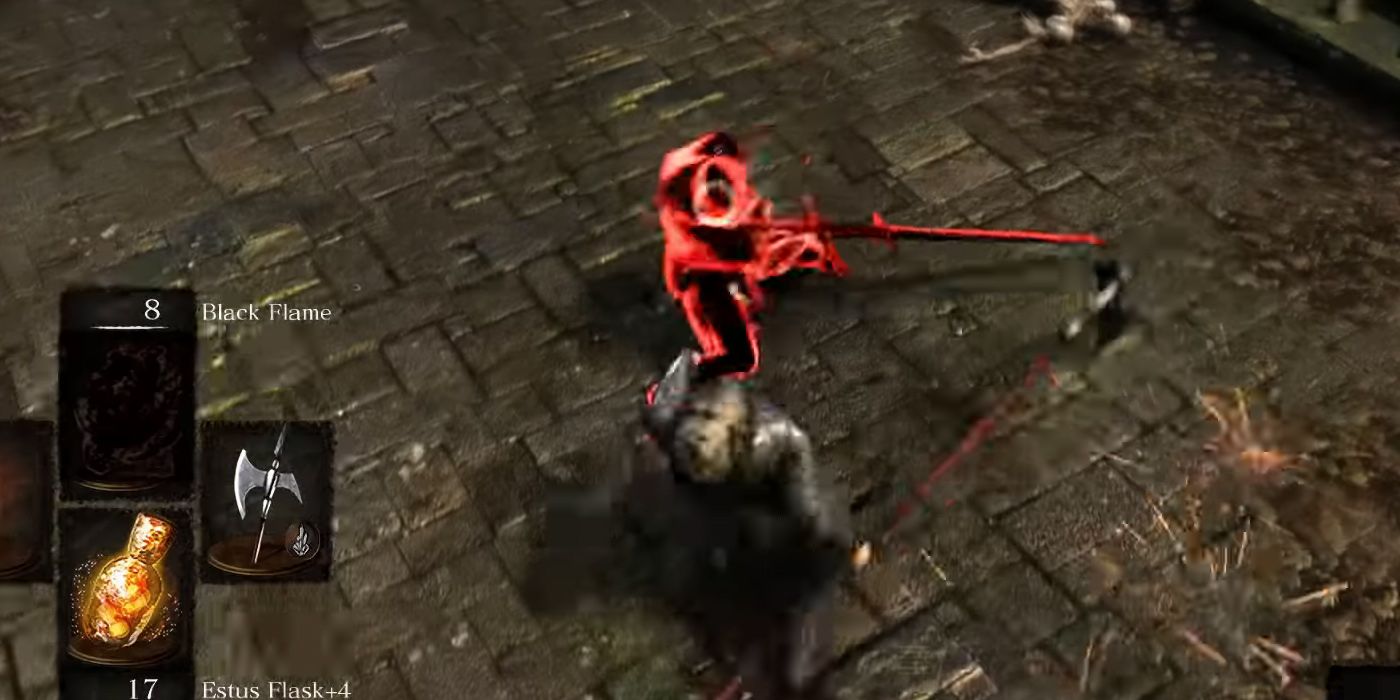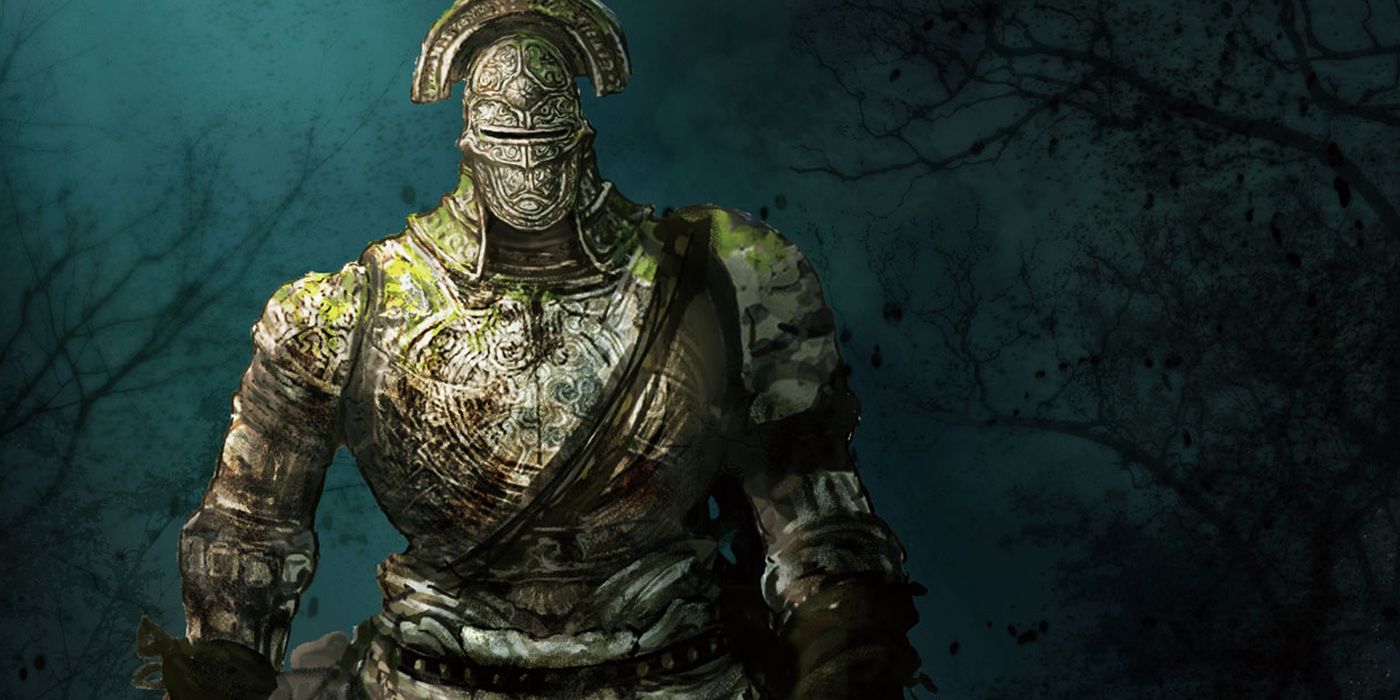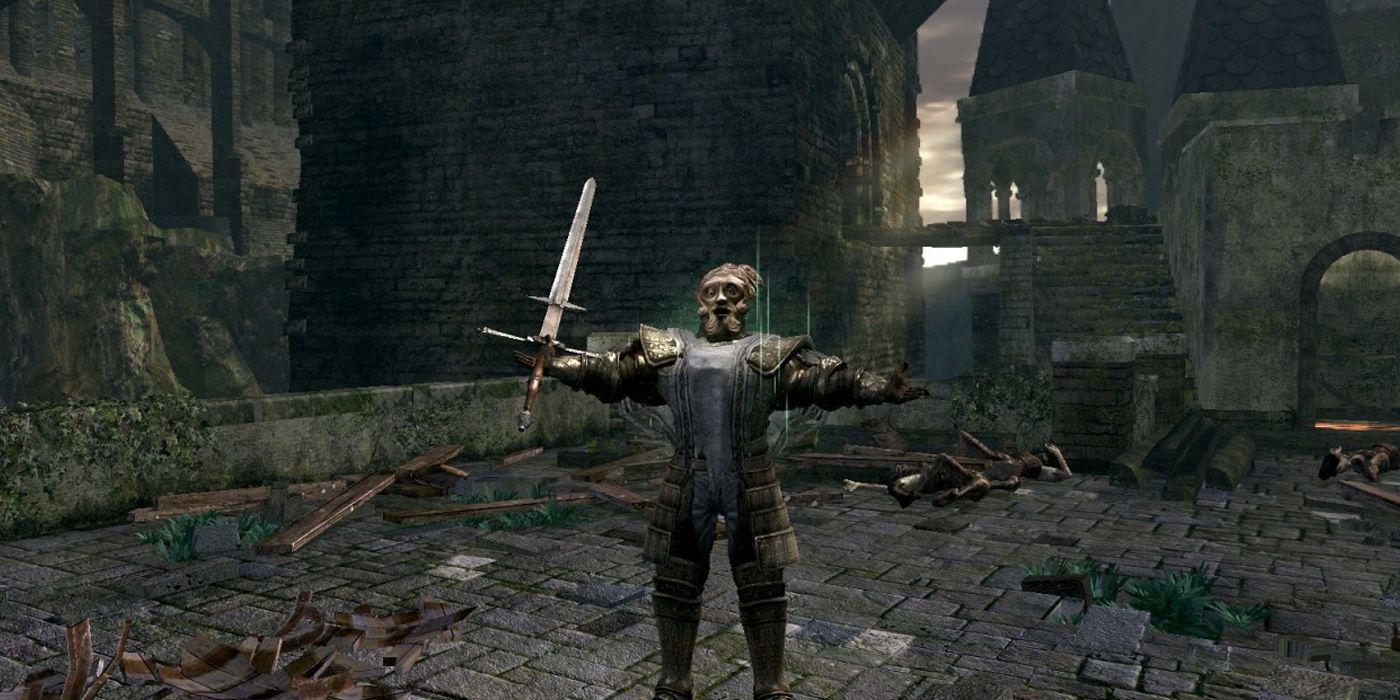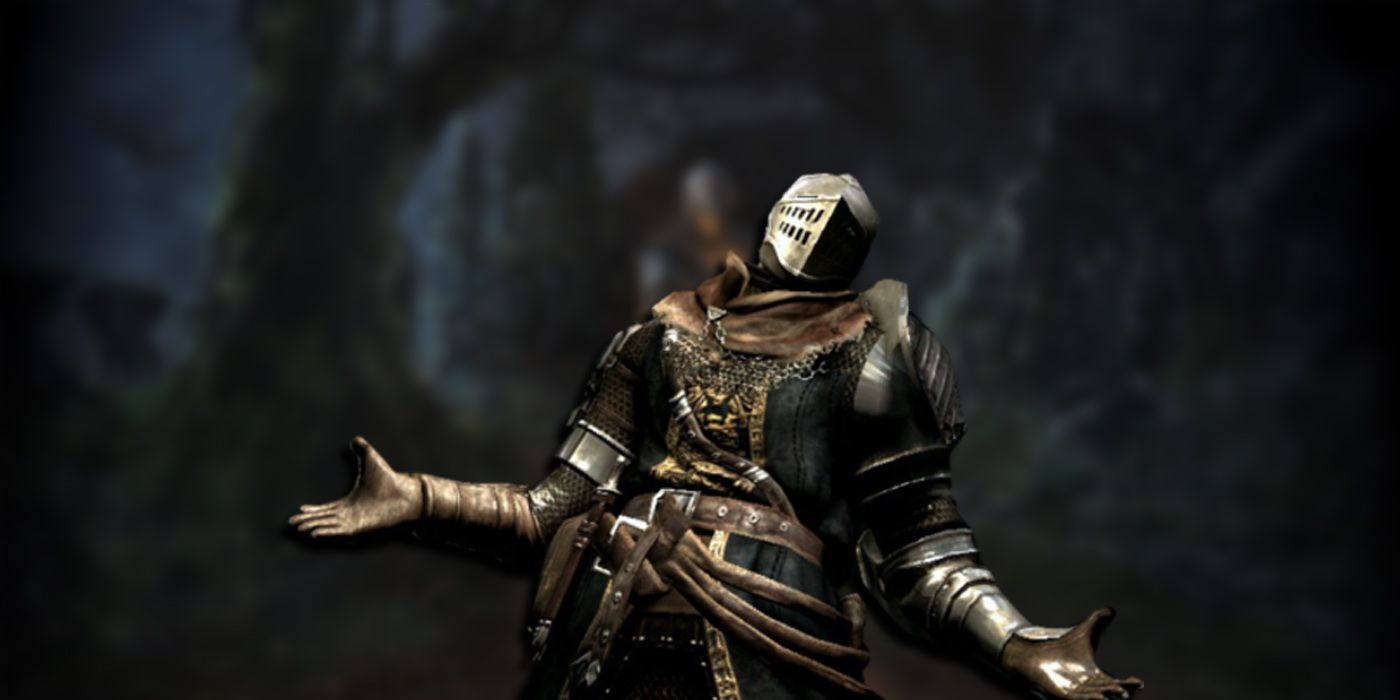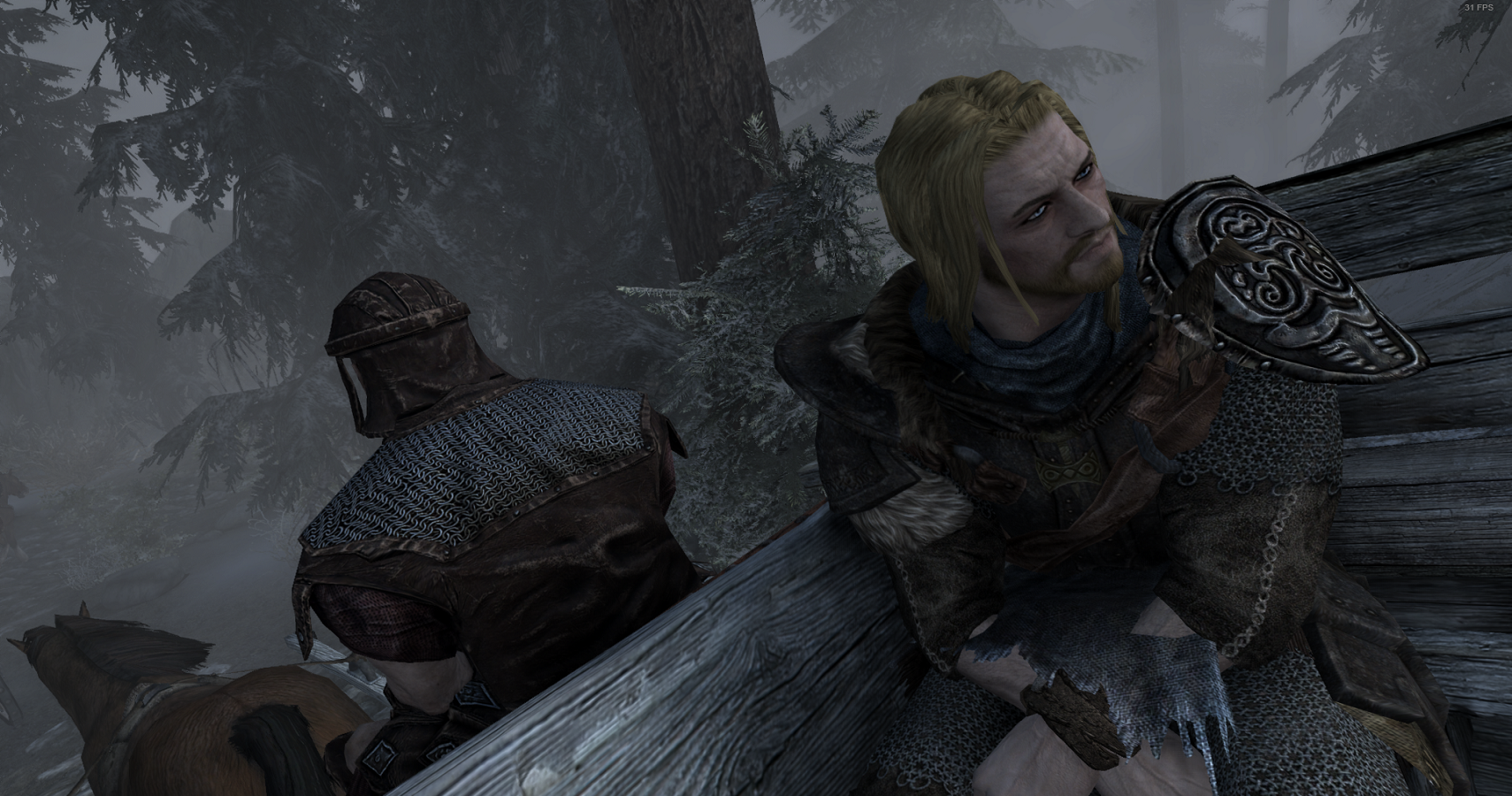There are a lot of subtle mechanics to learn in the Dark Souls series when it comes to mastering the combat. And these mechanics (for the most part) extend to From Software’s other games such as Demon’s Souls or Bloodborne. The associated complexity and depth is why people love the franchise so much, or why some people even turn other games into Dark Souls.
In Dark Souls Remastered, Poise works exactly the same as it did in its previous iteration, but this remaster also brought a lot of new players — so let’s take a quick look at it again and break it down, as it’s a crucial element of Dark Souls combat that players should understand the basics of, at minimum.
What Is Poise?
In-game, Poise is basically just an invisible meter that determines whether an attack or series of attacks will stagger/stun either the player or an enemy.
- A player has a Poise “value,” and every hit from a weapon/enemy does a certain amount of Poise “damage.” If that damage beats out the remaining value, even by 1, the player staggers.
- Poise can be seen in the Character Stats, and looking at the advanced stats of any piece of armor or weapon will show its Poise and/or its Poise Damage, respectively.
- Poise is what lets players unleash multiple swings and complete them, even if they’re hit during the animation.
- AI enemies have Poise values as well.
Breaking a player or enemy’s Poise is what usually opens them up for a heavy hit or a backstab. For new players, Poise can feel like an unfair mechanic that they don’t understand, but there are ways around those who abuse it. To figure that out, we need to first look at what “being staggered” is and how it impacts combat.
What Is Stagger?
Staggering, at least in Dark Souls 1, is the result of the Poise Meter reaching zero. During a stagger:
- The player character will “reel back”
- They won’t be able to roll, swing, or do anything while this animation plays out
- The Poise meter will almost immediately refill as long as the stagger animation completes
Staggering isn’t necessarily a death sentence, if it was then PvP would be practically unbearable.
The Poise Bar refills after a stagger, and if an attack doesn’t do enough “Poise Damage” to deplete that invisible meter, it’ll start regenerating pretty quickly after a few seconds. There’s no real way to escape the stagger animation (outside of the weapon-swap exploit), which is why the Poise system is such a polarizing topic for the player-base.
How Is Poise Used In PvE?
With the way Poise was described, it would be normal to think that this mechanic really only plays into the PvP of Dark Souls Remastered. But that’s wrong, as it affects the PvE pretty heavily as well:
- Players with heavy gear or ones that are built with Poise damage in mind will find that they’re stunning most enemies a lot more often.
- There are multiple situations in Dark Souls where mobs of enemies are attacking the Chosen Undead at once. Poise makes a huge difference here, as it allows the Chosen Undead to tank the damage while they fight their way out. Without high enough poise, they’ll find their attacks frequently interrupted if they’re hit during the animation.
- It can even allow players to tank their way through boss enemy hits so they can dish out their own, which is especially useful for Bosses with a flurry of attacks — and particularly those that summon mobs such as the Four Kings or Gravelord Nito (whose Covenant actually has a lot to do with PvP as well).
Why Is Poise So Important For PvP?
The main difference between how a player should handle Poise in PvE and Poise in PvP is that other players have more moves at their disposal than most standard mobs in Dark Souls, and each move inflicts varying amounts of Poise Damage. Let’s look into it a bit deeper:
- Because this was From Soft’s first Dark Souls game, Poise is a bit too strong, and there’s a real PvP meta built around it, which is where iconic meme builds like Giantdad came from.
- Different weapons do different amounts of Poise damage depending on how they’re used. This really boils down to the normal swings, heavy swings, jumping attacks, running attacks, and the infamous “kick” ability every player starts with.
- Two-Handing a weapon actually increases the amount of Poise Damage done as well.
- If Poise damage is done, but the meter doesn’t reach zero, it’ll start to regenerate after a few seconds. This affects PvP because players might take advantage of this and vary up the frequency of their attacks just to interrupt that regeneration.
It’s All A Bit Confusing, Right?
Basically, for anyone new to Dark Souls or the From Soft games in general, the thing to keep in mind the most is that Poise is simply the resistance to staggering.
Of course, players who want to actively participate in the PvP as much as possible should look into the system deeper, but Poise is an odd and complex mechanism, so people who want to enjoy their first or second playthrough probably shouldn’t worry about it all too much.
In fact, it may be beneficial for new players to just think of it like this: The heavier the armor, the less chance for an attack to be interrupted. The heavier/bigger the weapon, the more likely it’ll stagger an enemy in a single swing.
NEXT: 10 Great JRPGs Without Turn-Based Combat
- Guides
- Dark Souls
- Dark Souls Remastered
Source: Read Full Article
